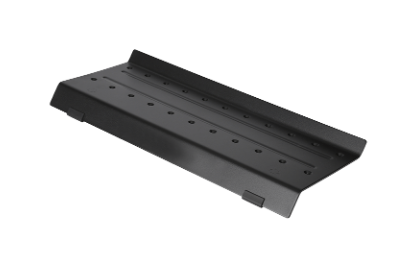Time:2023-10-11 Preview:
(1) Reducing the carbon content in steel to lower the carbon content than the saturated solubility in austenite under equilibrium state fundamentally solves the problem of chromium carbide (Cr23C6) precipitation at grain boundaries. Usually, reducing the carbon content in steel to below 0.03% can meet the requirements for intergranular corrosion resistance.

(2) Adding elements such as Ti and Nb that can form stable carbides (TiC or NbC) to avoid precipitation of Cr23C6 at grain boundaries can prevent intergranular corrosion of austenitic stainless steel.
From the calculation formula [7] Creff=Cr% -0.18 × Ni% -100 × C% and a large number of experiments show that when stainless steel processing manufacturers cannot master the technology, arbitrary processing will generate a large amount of carbon elements, and carbon content is the main factor affecting intergranular corrosion of austenitic stainless steel. The resistance to intergranular corrosion of 18-8 type test steel increases with the decrease of carbon content. A good method to prevent intergranular corrosion of 18-8 steel welded joints in dilute hydrochloric acid is to control the carbon content of the weld seam, making C% lower by 0.08%, and using austenitic stainless steel with C% lower than 0.03%.
 Related News
Related News·what are the safety matters of the processing center? ·Advantages in CNC processing ·Machining process of aluminum alloy type thick wall parts · Characteristics of modern mechanical manufacturing processes and precision machining technologies ·What are the tips for using screws of stainless steel hardware processing manufacturers? ·CNC lathe parts processing process ·What principles should the arrangement of CNC processing order follow? ·Processing Technology of Automobile Hardware Parts ·What are the differences in the use of processing centers and carving machines · The division of CNC machining processes can generally be carried out according to the following met


